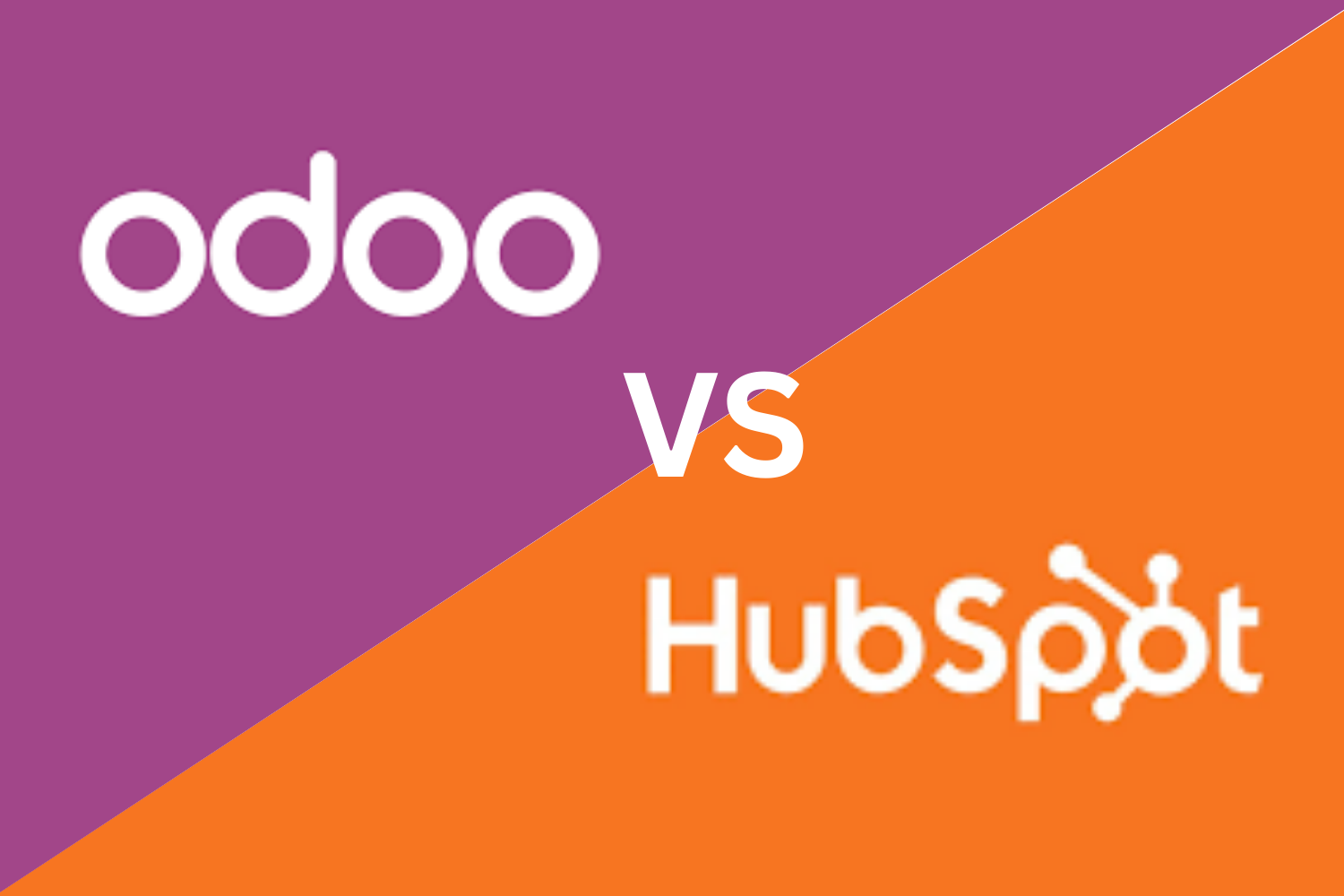What Is Cost of Goods Sold (COGS)?
Cost of goods sold (COGS) is the total amount a business spends to produce or buy the goods it sells within a specific period. It includes direct costs, such as raw materials and labor, used to make or deliver those products.
COGS is recorded on your income statement and helps determine gross profit, which is your revenue minus the cost of making what you sold.
This number shows how much it really costs to turn materials into finished goods. If you run a product-based business, understanding your COGS is essential.
COGS is useful for two key reasons:
- It helps track how much you’re spending to produce goods.
- It’s required for accurate tax reporting and financial records.
In the U.S., businesses—especially manufacturers—must report COGS when filing taxes. It helps the IRS see if your reported income matches your costs. Failing to report it properly could lead to audits or penalties.
Bottom line: COGS shows how much it costs to make what you sell. It helps you price better, understand profit margins, and stay compliant.
Benefits of Cost of Goods Sold (COGS)
Knowing your cost of goods sold is more than good practice—it’s critical for running a product-based business. It directly affects your profit, pricing, inventory, and taxes.
Here’s why COGS matters:
Profit Calculation
COGS helps you calculate your gross profit—the difference between sales and the cost to make those sales. If COGS is high, your profit shrinks. If it’s low, you keep more of your revenue.
Inventory Management
Comparing COGS with your inventory levels shows how well you manage stock. A mismatch could mean you’re overproducing, underpricing, or wasting materials.
Pricing Strategy
You can’t set the right price without knowing your costs. COGS tells you the minimum you need to cover before making a profit. The price is too low, and you lose money. The price is too high, and you might lose sales.
Cost Control
Tracking COGS helps you spot areas where costs are rising. This lets you react early—whether it’s switching suppliers, reducing waste, or improving production steps.
Tax Reporting
COGS reduces your taxable income. If it’s not accurate, you could overpay or underpay taxes. Both are a problem. The IRS looks closely at COGS, especially for manufacturers.
Financial Analysis
COGS is used in ratios like gross margin, which help measure efficiency and performance. Investors and lenders look at these numbers when deciding whether to work with you.
Business Planning
Accurate COGS data helps with forecasting, budgeting, and goal setting. You’ll know what to expect in costs and can plan around that.
Simply put, COGS is a key number for understanding your business health. It influences decisions across pricing, production, and growth.
What’s Included in COGS
To calculate the cost of goods sold correctly, you need to include only the direct costs tied to producing or buying the goods you sell. These are the expenses that go directly into making your products.
Here’s what should be included:
- Raw materials
These are the base items used to make your product—wood, fabric, metal, ingredients, or any physical material. - Direct labor
This is the labor cost of workers who are hands-on in the production process. It includes wages, benefits, and payroll taxes for those building or assembling the product. - Packaging tied to production
If packaging is required to sell the item (like bottles, boxes, or labels), it’s included. - Freight-in costs
Any shipping or delivery costs for bringing raw materials or components into your production site. - Manufacturing supplies
This includes supplies consumed during production—like glue, screws, or cleaning materials used on the line.
These costs must be tied directly to items sold during the period. Anything not directly related to production or resale doesn’t go in COGS.
Keeping these items accurate helps you report the right gross profit and make better decisions on pricing and production.
What’s Not Included in COGS
When calculating the cost of goods sold, it’s important to leave out anything that doesn’t directly relate to making or buying the products you sell. These are indirect costs—they support your business but don’t touch production.
Here’s what to exclude from COGS:
- Overhead expenses
Rent, utilities, office supplies, and equipment not used in production don’t go in COGS. - Salaries for non-production staff
Wages for sales reps, admin, marketing, or management are not part of COGS. Only workers directly involved in making products count. - Marketing and advertising
Even if ads help sell products, these are separate business expenses and not included in COGS. - Shipping to customers
Costs to deliver finished goods to buyers go under fulfillment or logistics, not COGS. - Taxes and insurance
Business taxes, property taxes, and general insurance are not part of direct production costs. - Depreciation on office assets
You can’t include depreciation of office furniture, vehicles, or IT gear unless they’re used in making goods.
These costs are still part of running your business, but they appear elsewhere on your income statement, not under COGS.
How to Calculate Cost of Goods Sold (COGS)
To calculate the cost of goods sold, you need three numbers:
- Opening inventory – the value of what you had in stock at the start of the period
- Purchases – the total cost of goods or raw materials you bought or made during the period
- Closing inventory – the value of what’s left in stock at the end of the period
The formula is simple:
COGS = Opening Inventory + Purchases – Closing Inventory
Let’s break it down:
- Opening Inventory: What your inventory was worth at the start—this includes raw materials, work-in-progress, and finished goods.
- Purchases: All direct materials bought and labor costs paid to produce more stock during the period.
- Closing Inventory: What you didn’t sell—valued at cost, not at selling price.
COGS only includes costs directly tied to making or buying the goods you sold during that time. Anything left over stays on your balance sheet as inventory.
Example
If you started with $5,000 worth of stock, bought $3,000 more during the month, and ended with $2,000 still on hand:
COGS = 5,000 + 3,000 – 2,000 = $6,000
That $6,000 is the cost tied to what you sold. Use this to calculate gross profit:
Gross Profit = Sales – COGS
This gives you a clear view of how much you’re making after covering product costs. And it sets the stage for tracking profits and planning better.
Inventory Costing Methods (FIFO, LIFO, MAC)
To get an accurate cost of goods sold, you need to pick a method for valuing your inventory. This matters because prices change over time, and how you count your inventory affects the COGS you report.
Here are the three main inventory costing methods:
First In, First Out (FIFO)
FIFO assumes the first items you buy or make are the first ones you sell.
- Used by: Most manufacturers
- Good for: Reflecting true inventory value
- COGS impact: Lower when prices are rising
- Gross profit: Appears higher in inflation
Pros:
Gives a clearer view of your current inventory value
Cons:
COGS might not reflect recent cost changes
Last In, First Out (LIFO)
LIFO assumes the last items you buy or make are the first ones you sell.
- Used by: Some U.S. companies for tax advantages
- Good for: Lowering taxable income when costs rise
- COGS impact: Higher when prices increase
- Gross profit: Appears lower
Pros:
Can reduce tax bills in high-cost periods
Cons:
Inventory value may be outdated; not allowed under IFRS
Moving Average Cost (MAC)
MAC uses the average cost per unit at the time of sale.
- Used by: Companies that want steady numbers
- Good for: Smoothing out price changes over time
- COGS impact: Balanced
- Gross profit: More consistent
Pros:
Simplifies calculations; good for regular purchases
Cons:
May not reflect real-time cost spikes or drops
All three methods are accepted under GAAP, but only FIFO and MAC are allowed under IFRS. Your choice will affect how COGS is calculated—and how your profits look on paper.
COGS in Manufacturing
For manufacturers, the cost of goods sold (COGS) includes more moving parts than for retailers. It covers everything directly tied to turning raw materials into finished products. This makes COGS in manufacturing more detailed—but also more important to track accurately.
Here’s what to consider when calculating COGS for manufacturing:
Bill of Materials (BOM)
The BOM lists everything needed to make a product—raw materials, components, and subassemblies. COGS includes the cost of all items in your BOM.
Work-in-Progress (WIP)
Manufacturing doesn’t always happen in one step. Products in the middle of production are WIP. Once finished and sold, their costs move into COGS.
Direct Labor
Wages for workers directly involved in making the product—cutting, assembling, or packing—are part of COGS.
Scrap and Quality Control
Manufacturing sometimes creates waste. The cost of lost materials, defective items, or quality checks should be included if directly tied to production.
Inventory Valuation Method
Use FIFO, LIFO, or MAC to value inventory and calculate COGS. Each method affects your numbers differently, especially when raw material prices change.
Manufacturing COGS gives you the true cost of production. It helps you set the right price, manage waste, and stay profitable. Keeping it accurate means fewer surprises and better business decisions.
Real-Life Example: Calculating COGS
Let’s say you run a small business making handmade scented candles.
You begin the month with $60 worth of inventory. This includes wax, jars, labels, and labor costs from your first production batch.
You make 30 candles at a cost of $2.00 each. That adds up to:
30 candles × $2.00 = $60
In the first two weeks, you sell 25 candles.
To keep up with demand, you produce a second batch of 30 more candles. But your material costs go up, and now it costs $3.00 per candle. This batch costs:
30 candles × $3.00 = $90
You sell 15 candles from the second batch by the end of the month.
Now let’s calculate COGS using the moving average cost method, which averages the cost of both batches:
- Total units made: 60 candles (30 + 30)
- Total production cost: $60 + $90 = $150
- Average cost per candle: $150 ÷ 60 = $2.50
- Total candles sold: 25 (first batch) + 15 (second batch) = 40 candles
Now apply the formula:
COGS = Units Sold × Average Cost per Unit
COGS = 40 × $2.50 = $100
So, your cost of goods sold for the month is $100.
If you sold each candle at $8, your total sales were:
40 × $8 = $320
Your gross profit is:
Gross Profit = Sales – COGS = $320 – $100 = $220
This simple example shows how production cost changes and inventory decisions affect COGS and profit.
Tips for Accurate COGS Tracking
Getting your cost of goods sold (COGS) right means staying on top of what you spend to make or buy your products. If your numbers are off, your profit, pricing, and taxes can be too.
Here are simple tips to keep your COGS accurate:
Track inventory in real time
Update your inventory regularly. Use software that adjusts stock levels as you buy, make, or sell items. This keeps your data fresh and your COGS reliable.
Record direct costs only
Stick to raw materials, production labor, and anything directly tied to what you sell. Leave out rent, admin wages, and marketing.
Choose the right costing method
Use FIFO, LIFO, or MAC—whichever fits your business and accounting rules. Stay consistent so your COGS is easy to compare over time.
Update material and labor prices
Prices change. Check them often. Old costs lead to inaccurate COGS and poor pricing decisions.
Track waste and scrap
If raw materials get damaged or go unused, those costs still impact your COGS. Log them c
Use software to automate calculations
Manual tracking is slow and error-prone. Good inventory software calculates COGS automatically as you move stock.
Reconcile inventory regularly
Check your actual stock against your records. Fix mismatches quickly to avoid false COGS numbers.
Keep records clean and organized
Label items clearly. Separate raw materials from finished goods. This helps you value your stock correctly and avoid confusion during audits.
Following these steps helps you stay in control of your production costs, price your products right, and keep your books in order.
How Tools Like ArmPOS Can Help
Tracking the cost of goods sold manually can be time-consuming and prone to errors, especially as your business grows. That’s where a smart system like ArmPOS makes a difference.
ArmPOS is built to simplify everyday business tasks, including inventory control and COGS calculations. It helps product-based businesses stay on top of their numbers, without the hassle of spreadsheets or paperwork.
Here’s how ArmPOS supports accurate and automatic COGS tracking:
Real-time inventory updates
ArmPOS updates your stock levels automatically as you buy, sell, or produce. You always know what’s in stock and how much it’s worth—right down to the cost per unit.
Built-in COGS calculations
As sales happen, ArmPOS adjusts your COGS based on your inventory costing method (FIFO, LIFO, or average cost). No need to calculate manually.
Tracks raw materials and finished goods
Whether you’re a retailer or manufacturer, ArmPOS keeps a clear record of what goes into each product, from raw inputs to final stock.
Accurate gross profit reporting
ArmPOS connects your sales and inventory data to give you instant insight into your gross profit. This helps you make better decisions on pricing and production.
Easy to use
You don’t need to be an accountant. ArmPOS is designed for small business owners, with a simple dashboard and easy tools for daily operations.
If you’re serious about managing your costs, improving profits, and keeping clean financial records, ArmPOS gives you the tools to do it fast and accurately.
Common COGS Questions Answered
Understanding cost of goods sold helps you stay on top of costs, profit, and taxes. Here are the most common questions business owners ask:
How do I calculate COGS?
Use this formula:
COGS = Opening Inventory + Purchases – Closing Inventory
Add the value of what you had at the start to what you bought or made. Then subtract what’s still in stock. The result is the total cost of the goods you sold in that period.
Is COGS the same as price?
No.
- COGS is what it cost you to make or buy the product.
- Price is what your customer pays.
The gap between price and COGS is your gross profit.
Is COGS considered an expense?
Yes. COGS is a direct expense. It’s listed on your income statement and subtracted from your revenue to find your gross profit. Keeping it accurate is key for financial reporting and tax filings.
Can I include labor in COGS?
Only if it’s direct labor—people who physically make or assemble your products. Admin, sales, or management wages are not included in COGS.
Which COGS method should I use?
It depends on your business:
- FIFO: Best for fresh stock or rising prices
- LIFO: Can reduce taxes in some cases (only allowed under GAAP)
- Moving Average: Good for steady production and pricing
Pick one and stay consistent for clean reporting.
Why does COGS matter?
It affects how you price, how you plan, and how much tax you pay. Misreporting it can lead to poor decisions or tax problems.
Clear answers to these questions help you stay in control of your product costs and business performance.





